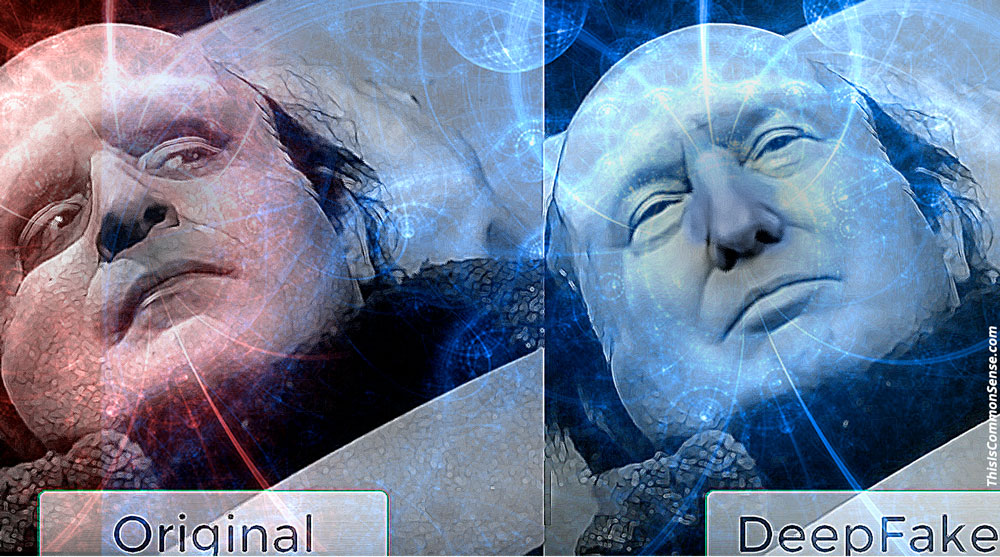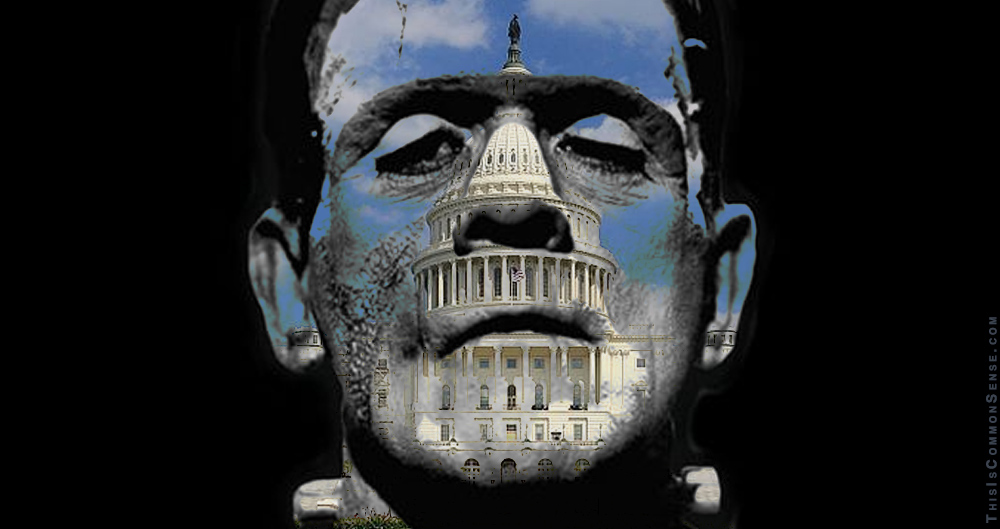Is there a good, presumptive reason to believe what the government tells us?
Not when it comes from the “intelligence” agencies.
One of the more breathtaking developments of recent years has been the transformation of Democratic Party politicians and activists from skeptics of alphabet soup intelligence agencies — CIA, NSA, FBI and many more — to becoming enthusiastic cheerleaders.
On the bright side, Republicans are drifting in the other direction, from their old-fashioned lockstep support of “intelligence agencies” to a new realism — the relentless Deep State “coup” attempts against the Trump Administration having proved … instructive.
While we might wish to think that, whew!, these agencies are comprised of loyal Americans, consider what Senator Chuck Schumer said earlier this year, almost approvingly: “You take on the intelligence community — they have six ways from Sunday at getting back at you.”
But more important than all this is the developing techniques the Deep State can marshal. I refer to Deepfake tech, where anything video can be faked, convincingly and completely. If not now, then very soon, technicians within the Deep State — and outside, too — will be able to videofake anything, from Trump cavorting with Moscow hookers to an Iranian “attack” to … UFO landings.
We shouldn’t have trusted intelligence agencies in the run-up to the Iraq conquest, now we have good reason to doubt anything and everything they tell us.
Which means Congress should take very tight control of them, rein these agencies in — for Congress is indeed worried about deepfake tech.
How?
Well, de-classifying old secrets might be a good start. The last bit of the JFK assassination files? Maybe. UFOs? Maybe. But it’s what’s not on our radar that may be the most important.
This is Common Sense. I’m Paul Jacob.

—
See all recent commentary
(simplified and organized)


